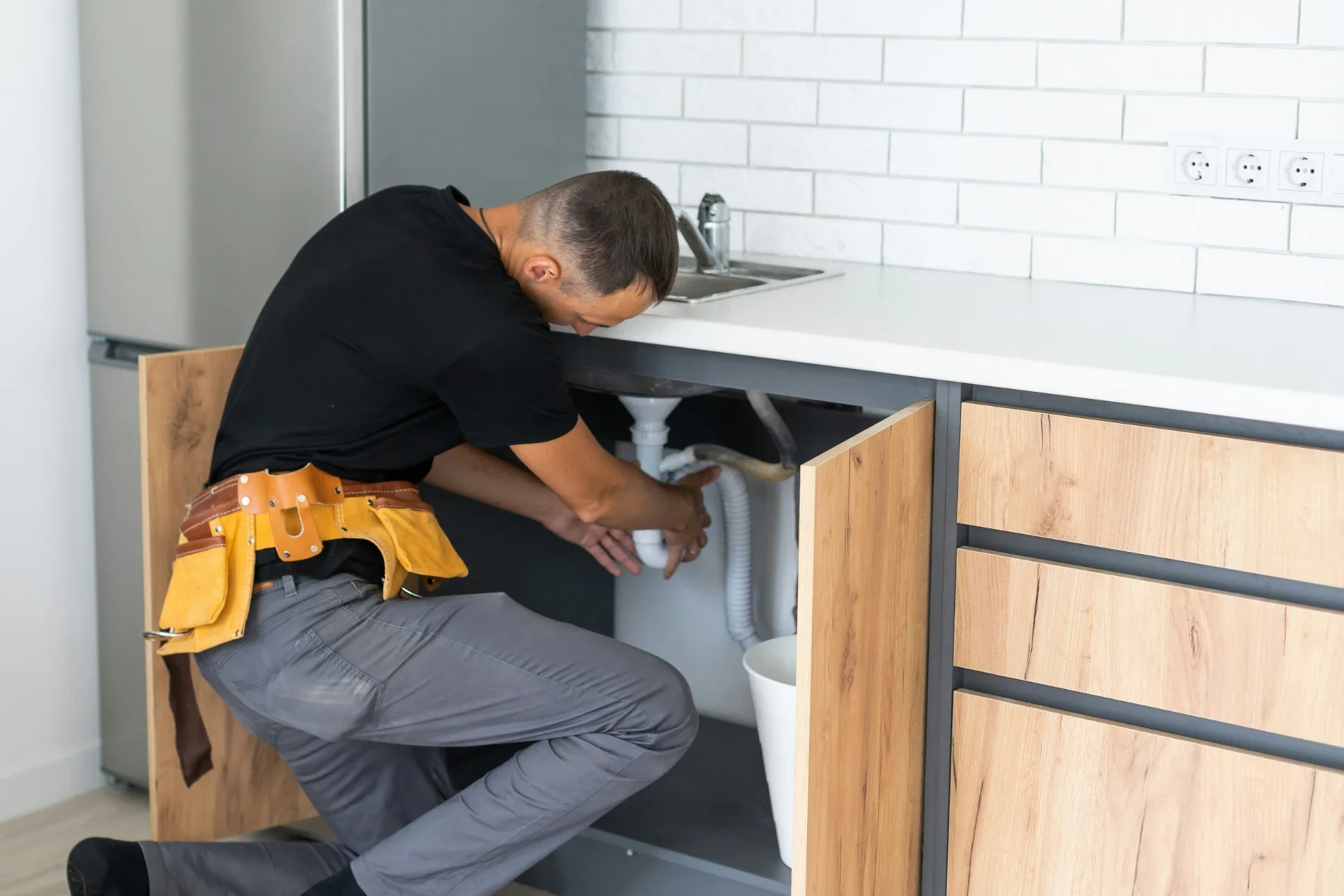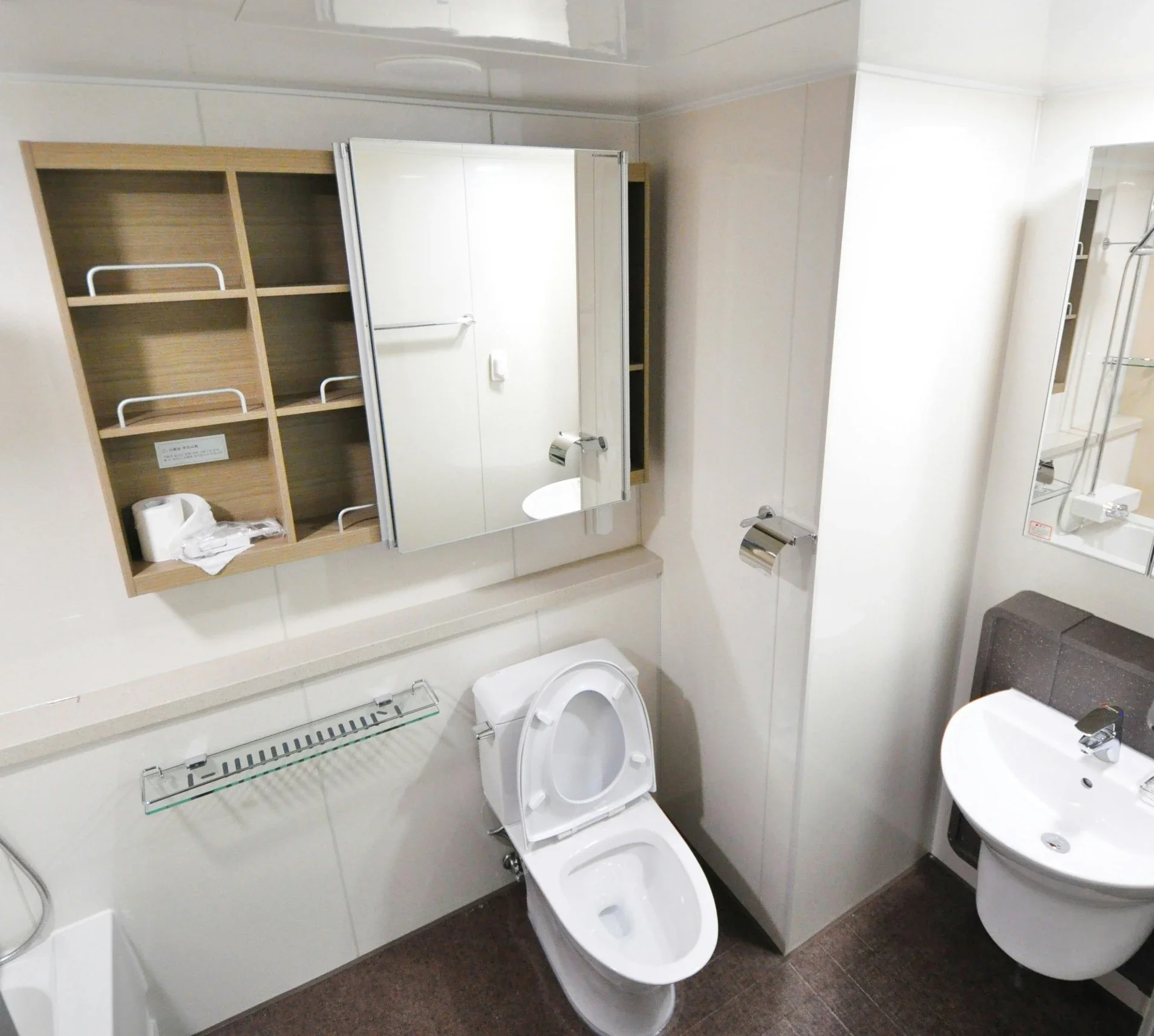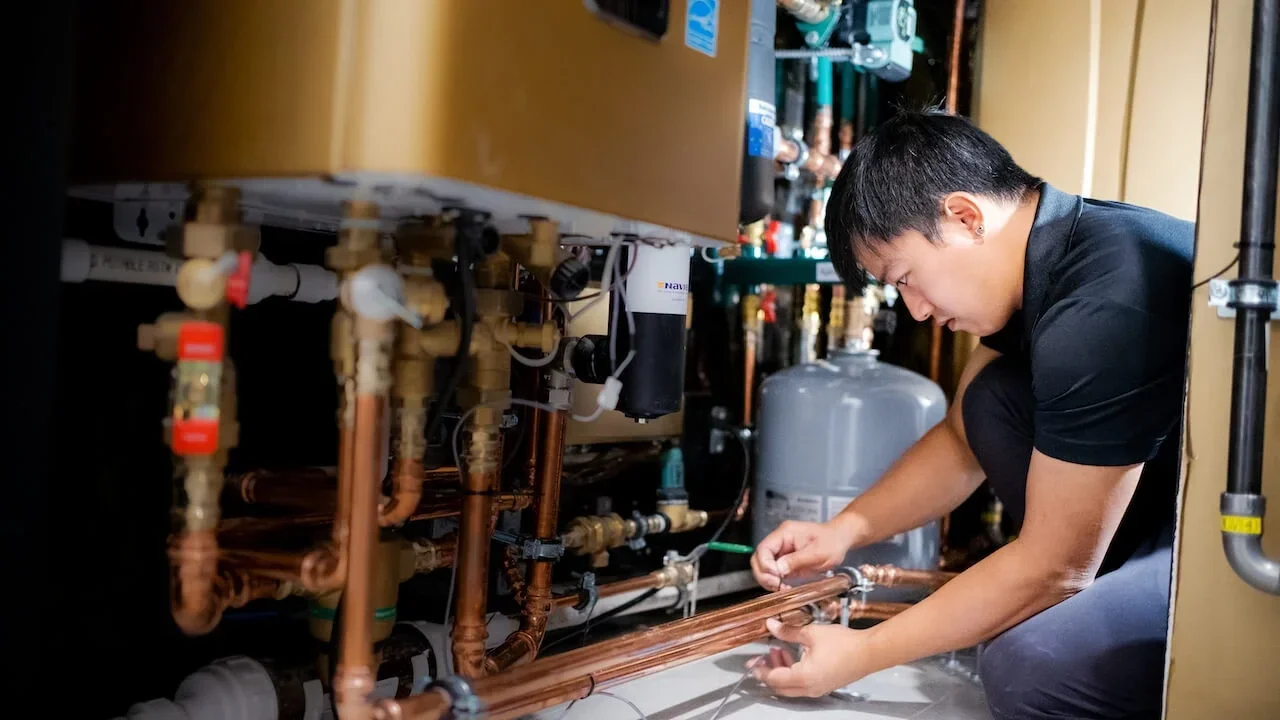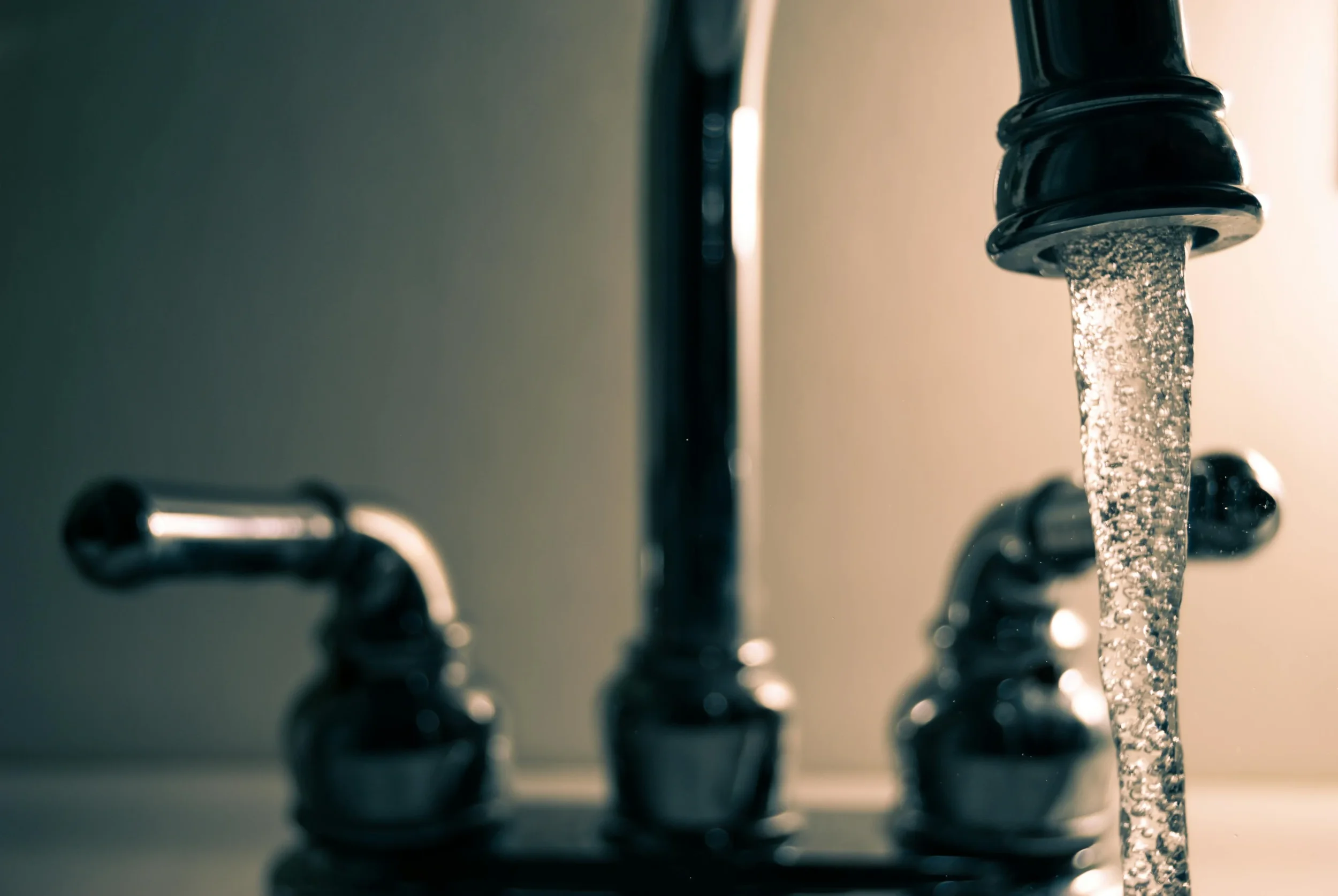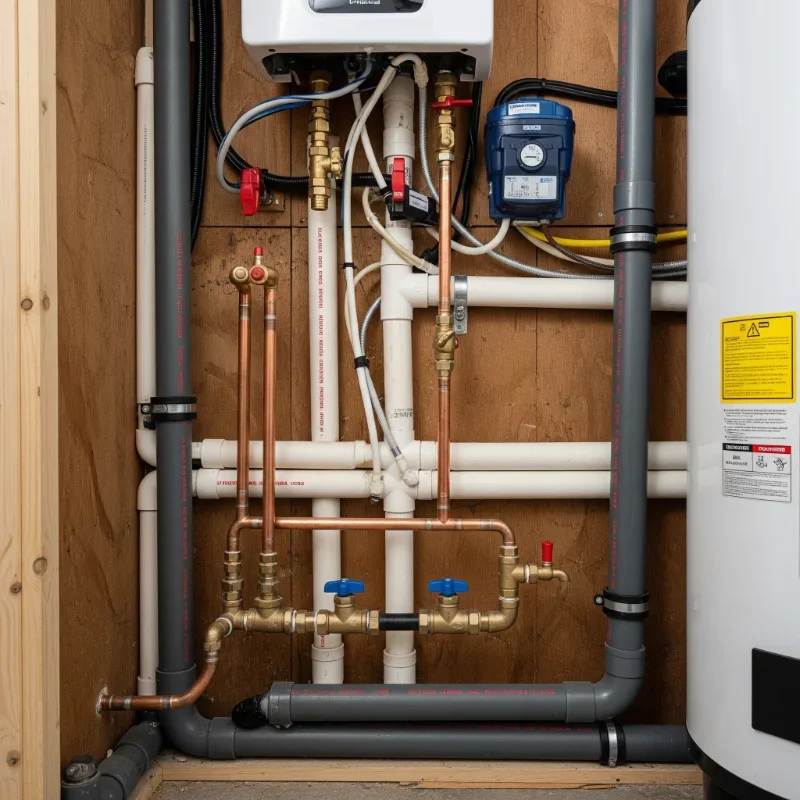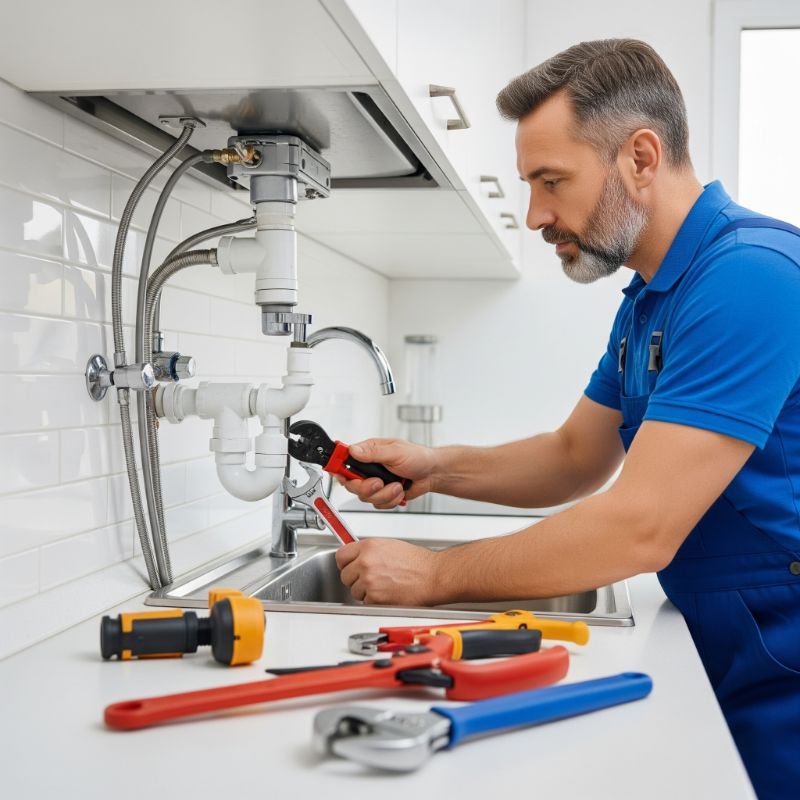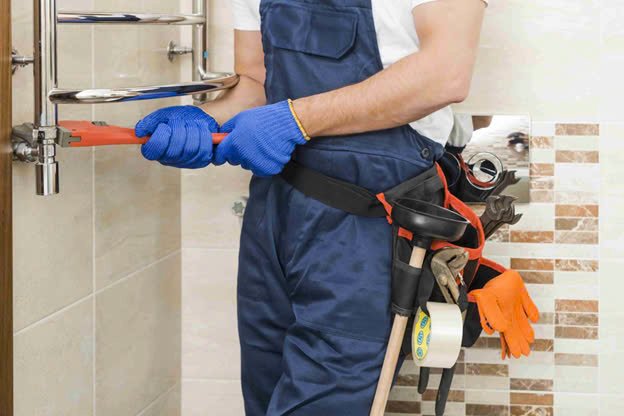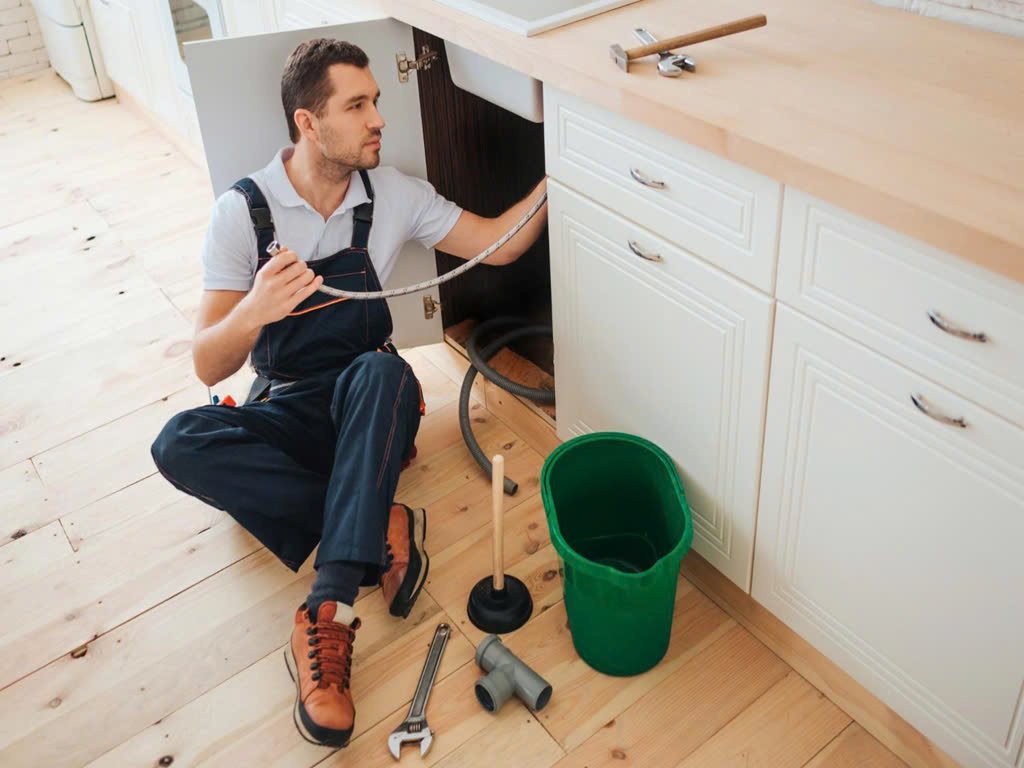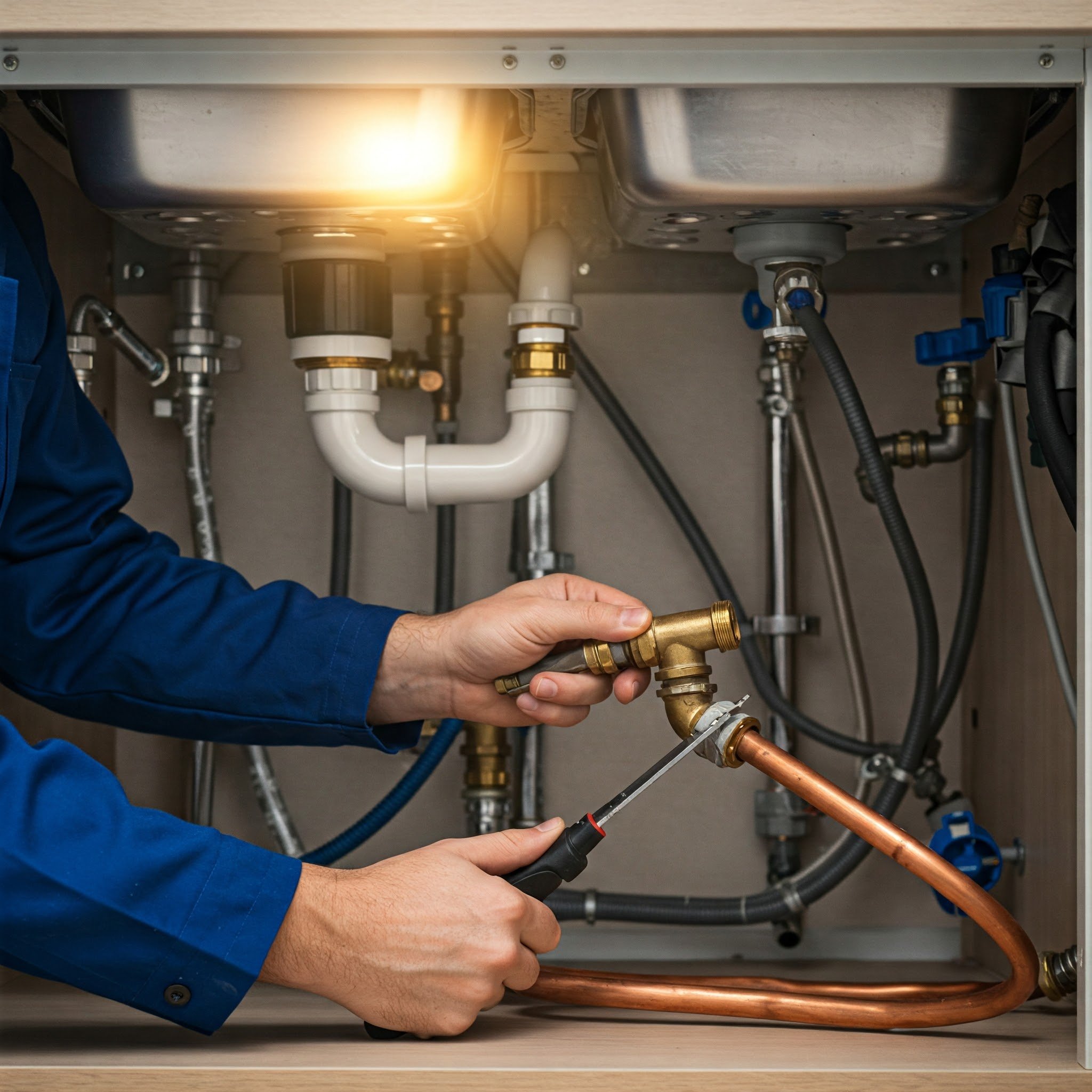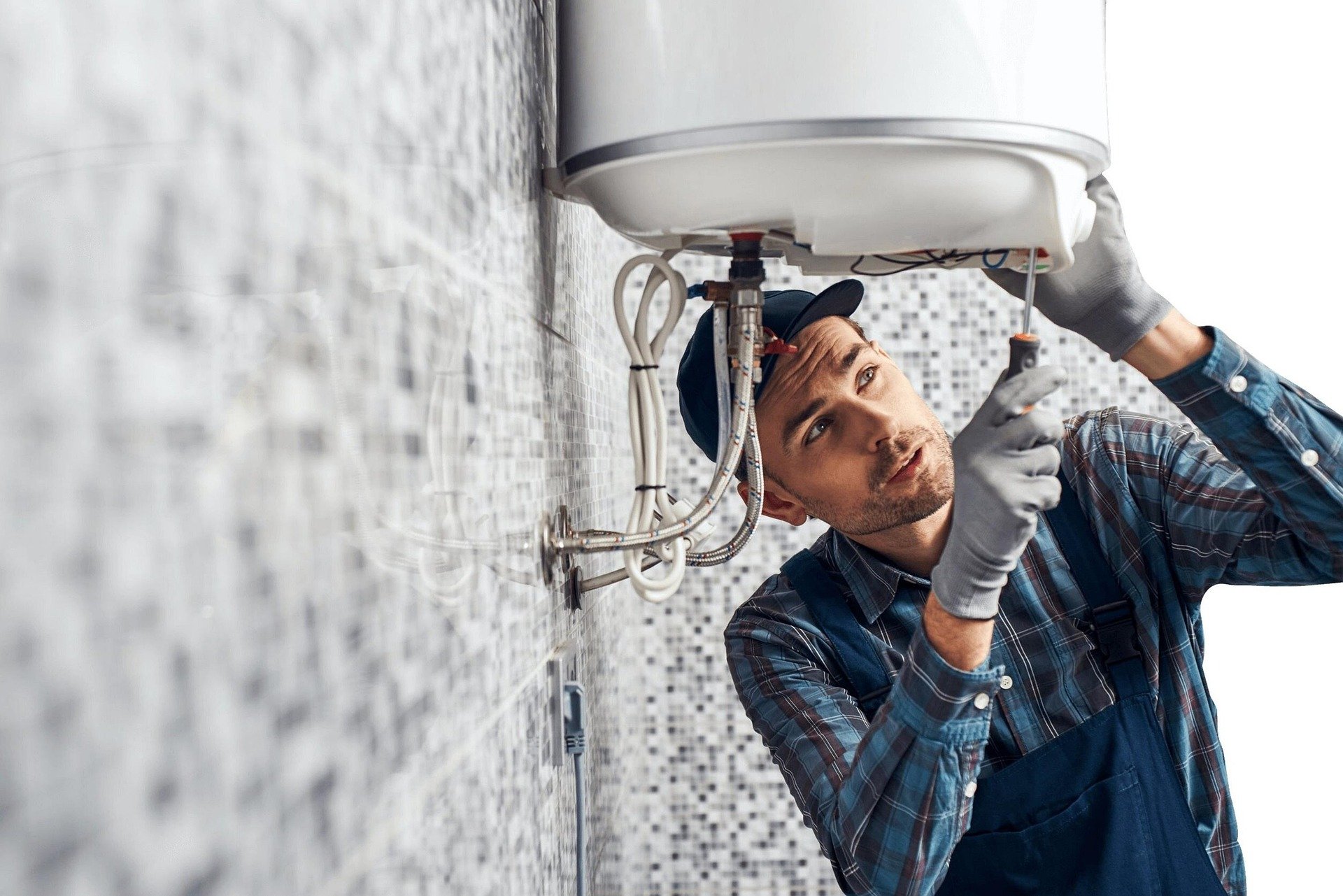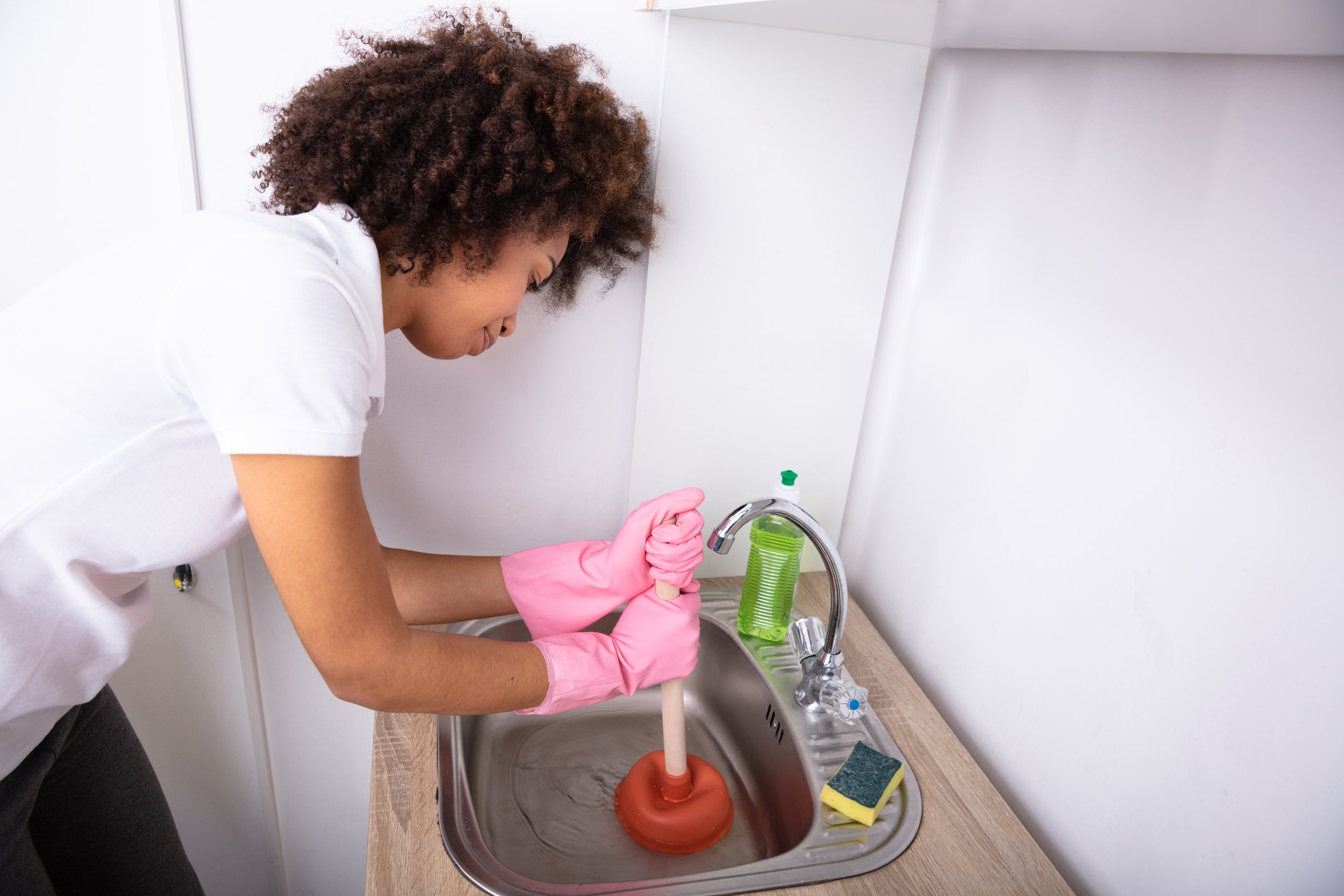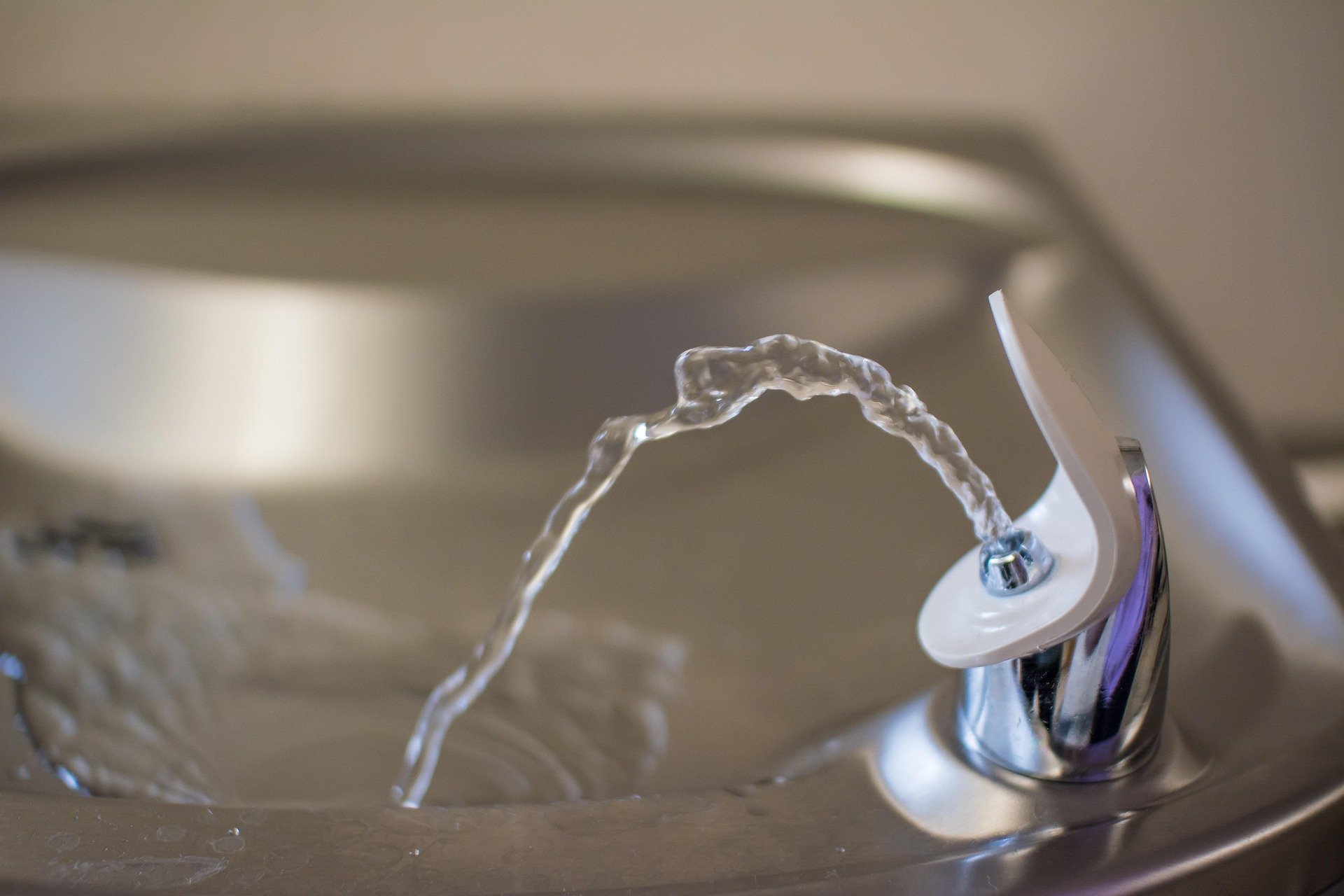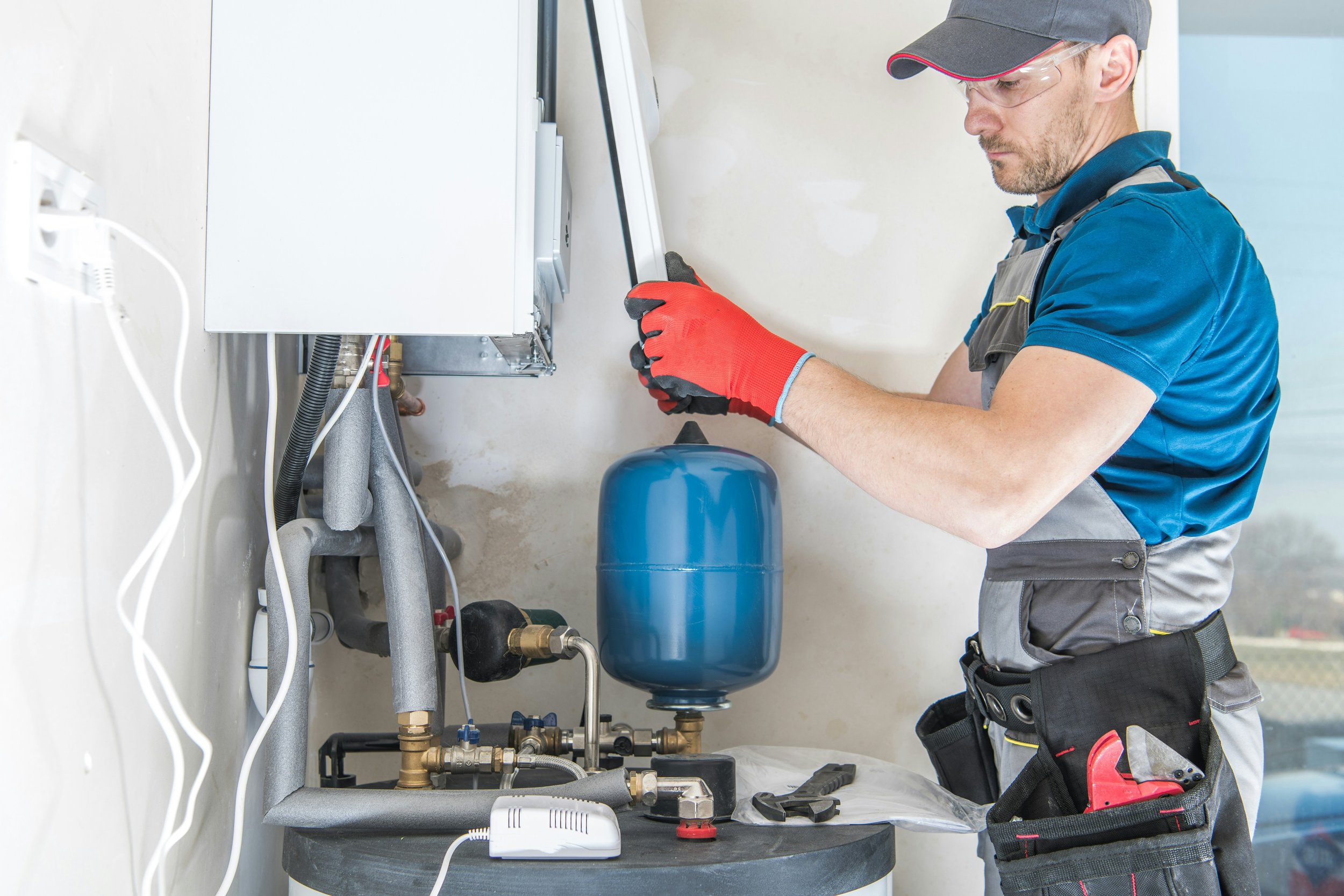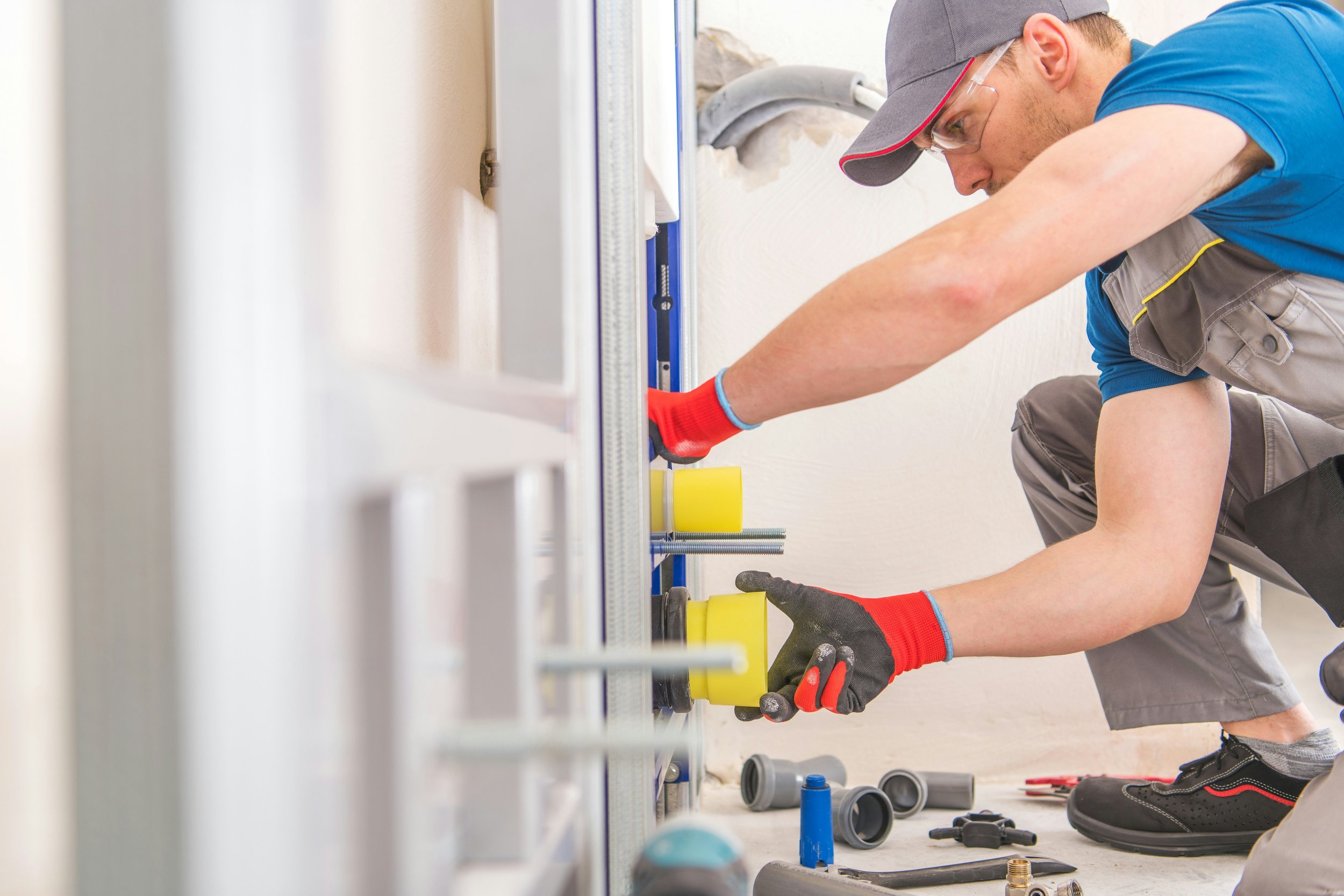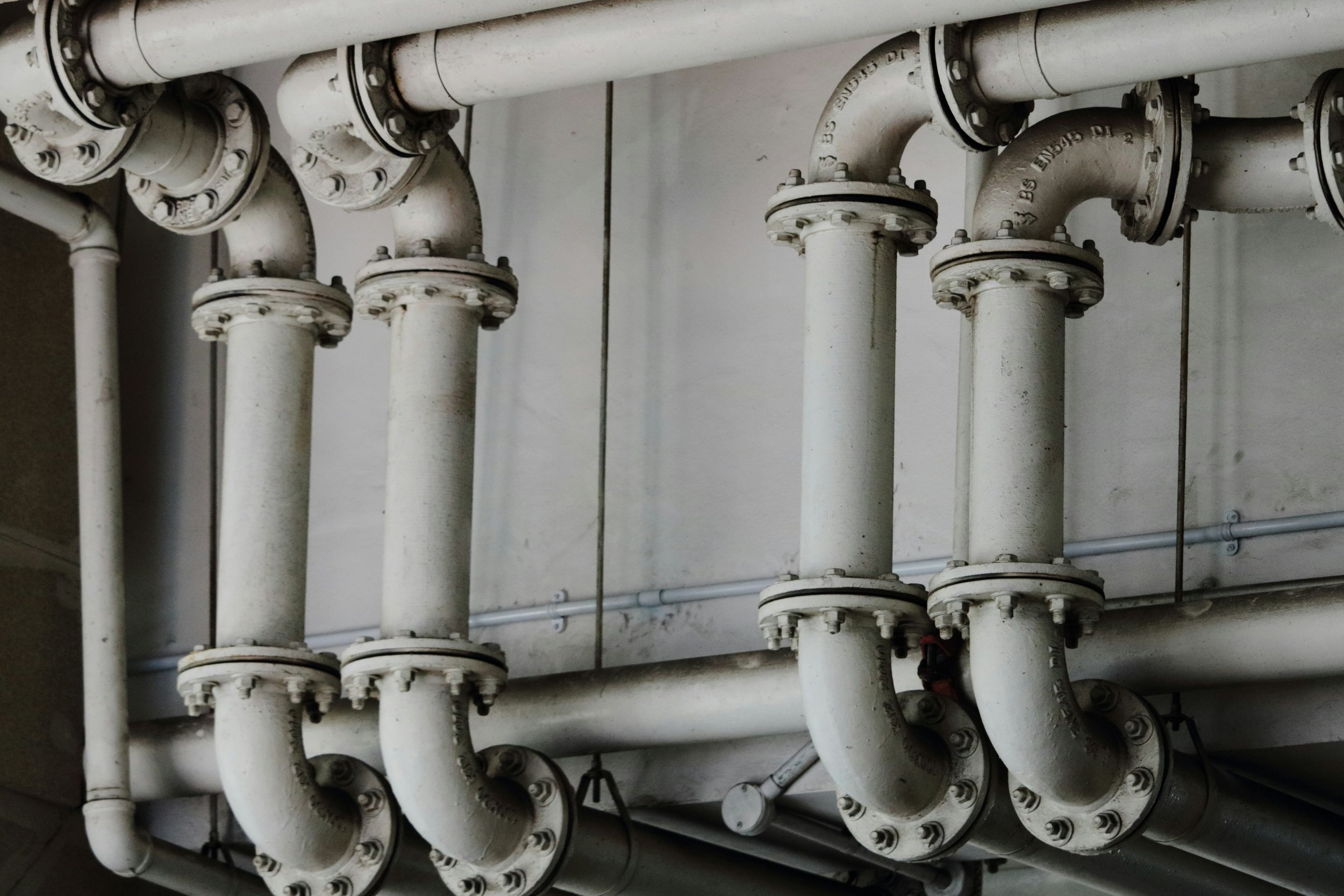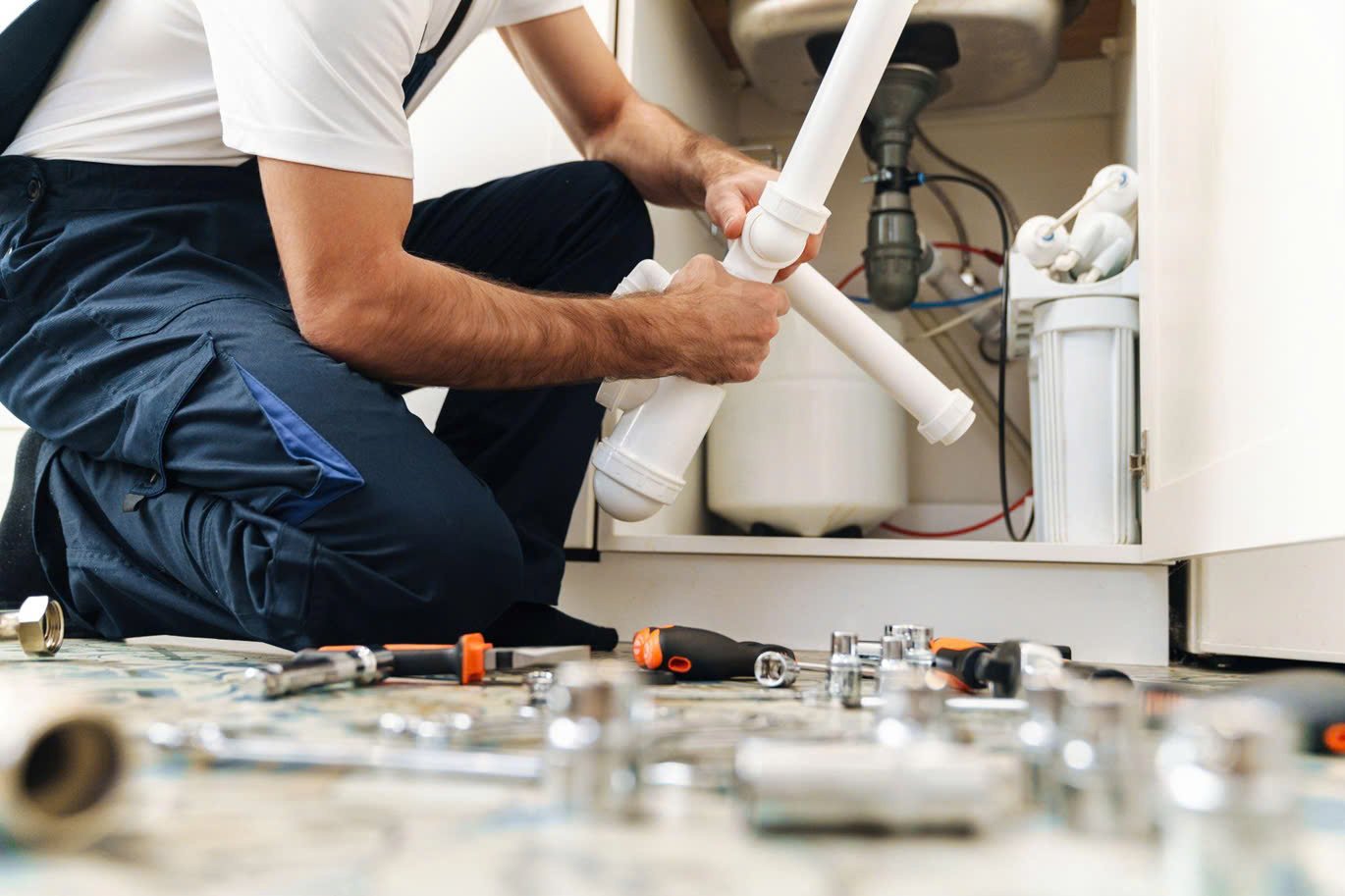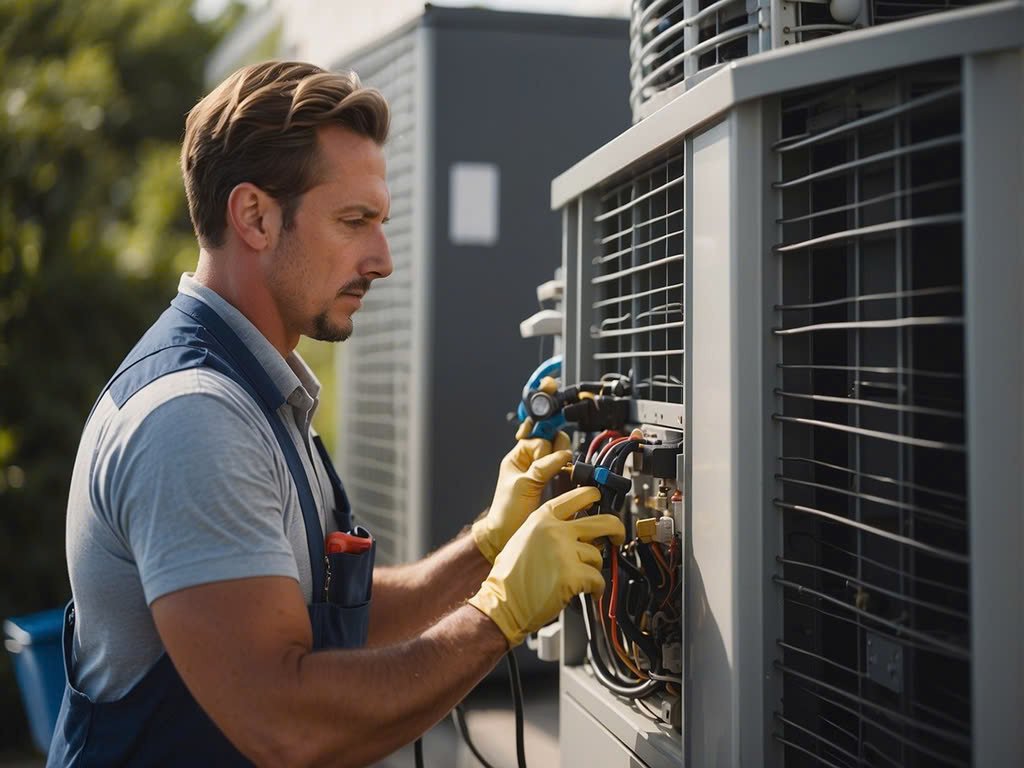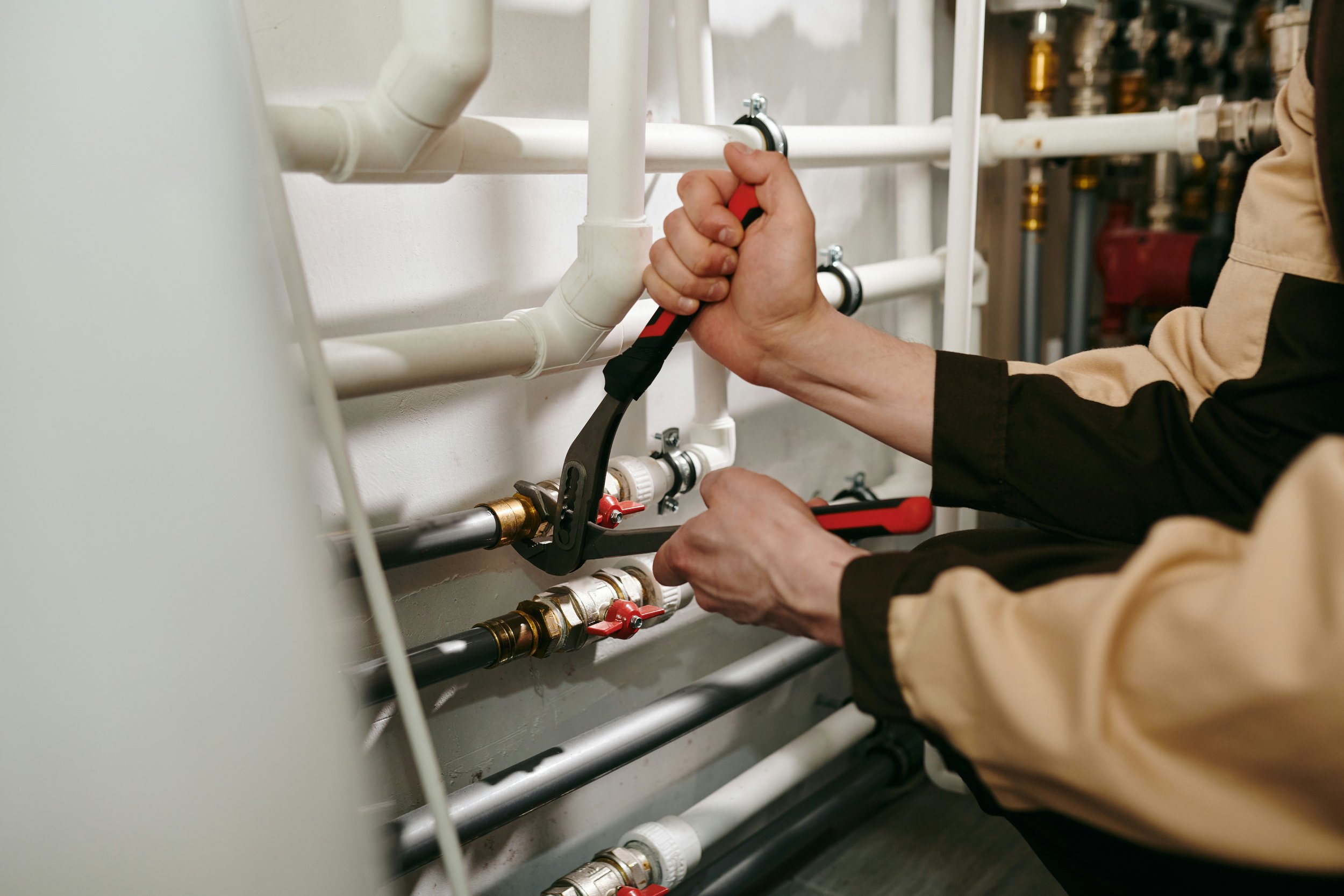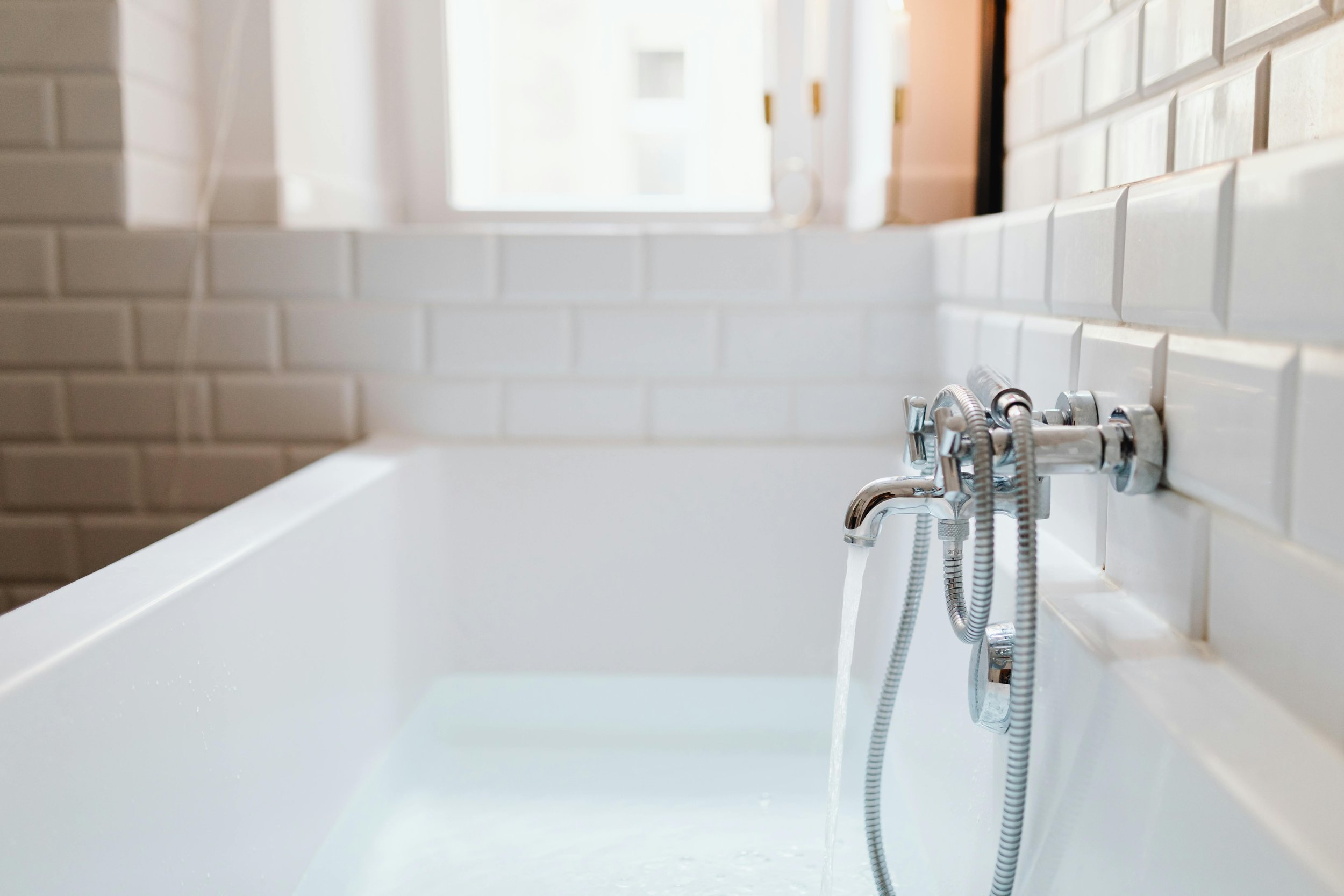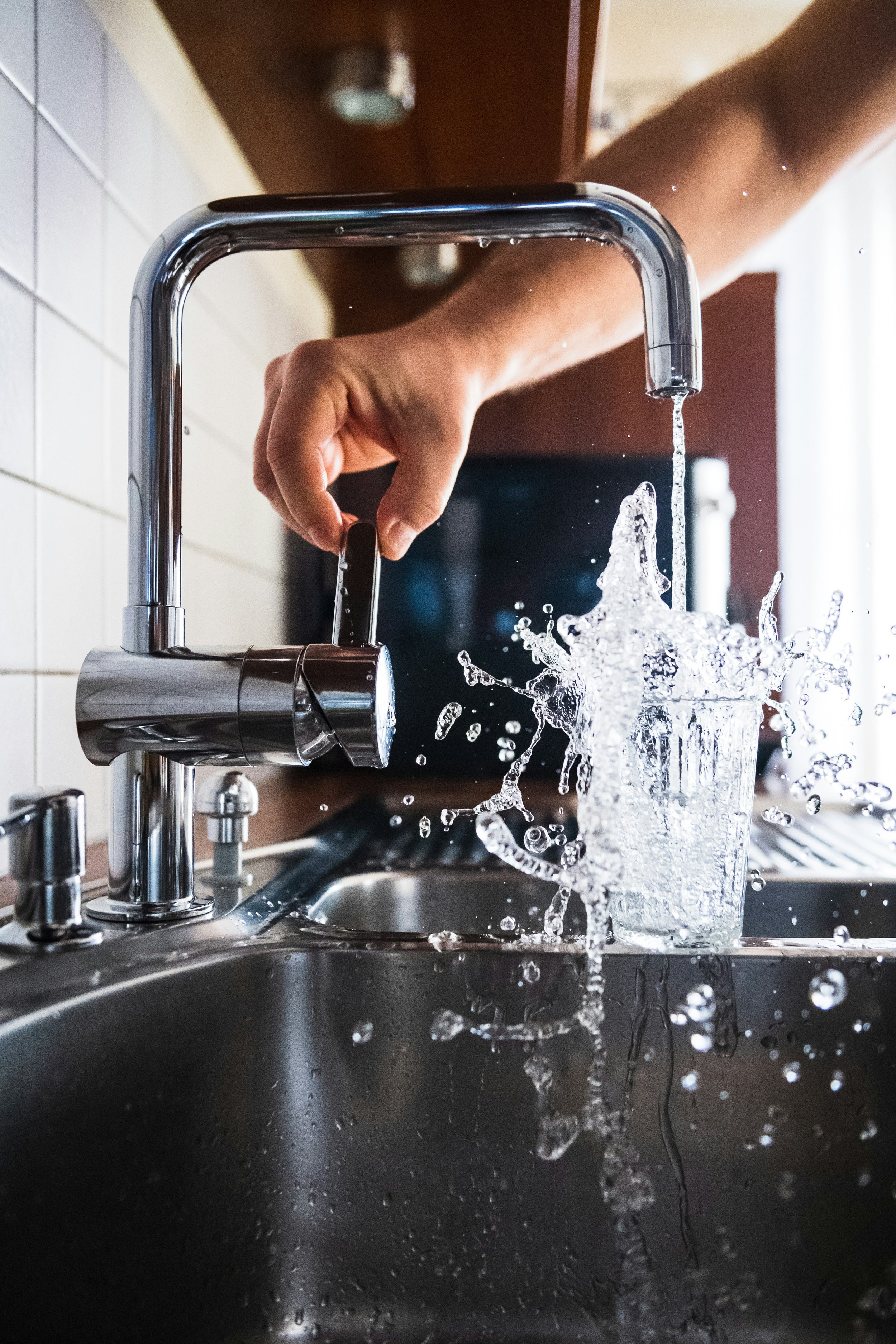Essential Plumbing Considerations for Home Renovations
Planning a home renovation? Discover key plumbing considerations to avoid costly mistakes and ensure a smooth, efficient remodel process.
When you’re planning a home renovation, plumbing might not be the first thing on your list — but trust us, it’s one of the most important elements to get right. Good plumbing keeps your home running smoothly, adds to its comfort, and can save you a lot of money in the long run. The flip side? Plumbing problems can cause serious delays and expenses if they’re overlooked. The good news is, with some thoughtful planning and the right advice, you can avoid these pitfalls entirely. Let’s explore the key plumbing considerations to make your renovation process as smooth as possible.
Understanding Your Existing Plumbing System
Before you jump into your renovation, it’s smart to take a good look at the plumbing you already have. Every home is different — some use gravity-based setups, some are pressure-assisted, and newer houses might feature modern manifold systems. Knowing what you’re dealing with can help you plan your renovation around it.
Start by having a professional assess your current setup. If your home is older, you might have outdated materials like galvanised pipes, which are prone to rust and leaks. How can you tell? Watch for warning signs like rusty water, weak water pressure, or ongoing plumbing problems. If these issues sound familiar, a plumber can give you a thorough inspection and help you decide what needs upgrading.
Planning for Future Plumbing Needs
A successful renovation also means looking ahead. Consider how your plumbing might need to change as your family grows or your lifestyle evolves. Maybe you’d like to add a second bathroom, a laundry sink, or underfloor heating. Thinking ahead will help you avoid costly surprises down the track.
And don’t forget about sustainability! Installing energy-efficient options like a solar hot water system or a high-efficiency boiler can reduce your utility bills and lighten your environmental footprint. Wherever possible, aim for a plumbing setup that can easily accommodate future upgrades and technologies — this kind of flexibility will make your home more future-proof.
Choosing the Right Materials and Fixtures
When it comes to pipes and fixtures, you have plenty of choices, so take your time deciding what’s best for your renovation. Popular pipe materials include copper (long-lasting and durable), PEX (easy to work with and less expensive), and CPVC (a good mid-range option). The material you choose will affect both the cost and lifespan of your plumbing
You’ll also want to give thought to water-saving fixtures. Installing low-flow taps, showerheads, and toilets will help conserve water and can even reduce your utility bills. Plus, today’s water-efficient fixtures look great and perform just as well as their traditional counterparts, so you don’t need to sacrifice style for savings.
Staying on the Right Side of Building Codes
Before any plumbing work begins, make sure you’re up to speed with local regulations. Every state and council in Australia has plumbing codes to follow — and they’re there to protect you. Unlicensed or shoddy plumbing work can lead to serious safety risks, hefty fines, and big delays.
Your safest bet? Work with a licensed plumber who knows your local codes inside and out. That way, you’ll know your renovation meets all safety requirements — and you won’t have any unpleasant surprises when it’s time to sell your home.
Budgeting for Plumbing in Renovations
Now, let’s tackle the budget. The cost of plumbing in a renovation can vary significantly based on several factors, including the extent of the changes and the type of materials chosen. Common expenses include new pipes, fixtures, labour, and any necessary permits.
Renovating can get pricey, so it pays to plan your plumbing budget carefully. Get a few quotes before you commit to a plumber, and remember that going with the cheapest option isn’t always the best long-term move. Paying a little more for quality materials and workmanship can save you money on repairs and water bills down the line.
And don’t forget to leave some wiggle room. Plumbing often reveals surprises once work begins — like hidden leaks or worn-out pipes — so it’s a good idea to keep a contingency fund handy for unexpected expenses. That way, you can manage surprises without breaking the bank.
Plan Ahead for a Safer, Smoother Renovation
Smart plumbing decisions can make all the difference in your renovation’s success. By inspecting your existing system, planning for future needs, choosing the right materials, sticking to building codes, and budgeting wisely, you’ll set yourself up for a smooth and rewarding renovation.
More than anything, don’t hesitate to call in the professionals. Expert advice will help you navigate any hurdles and make sure your plumbing is safe, efficient, and built to last. With a proactive approach, you can look forward to a comfortable, functional home that will serve you well for years to come.



